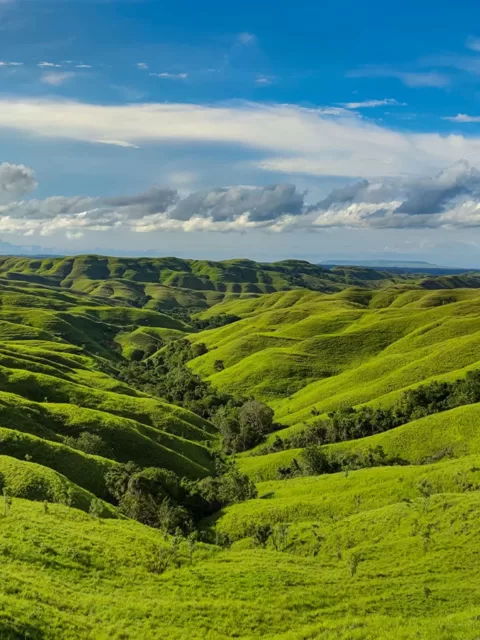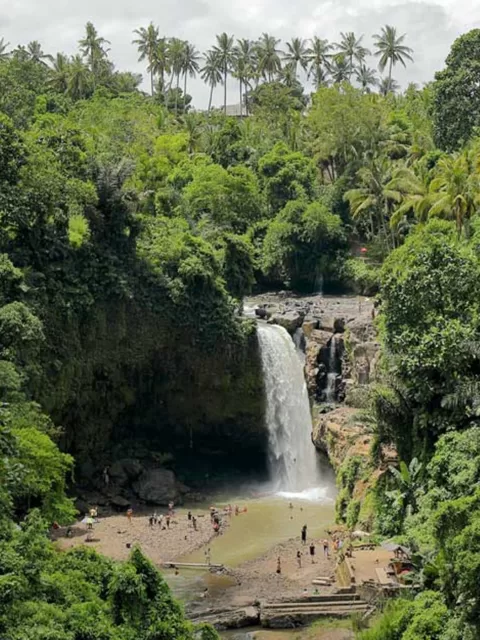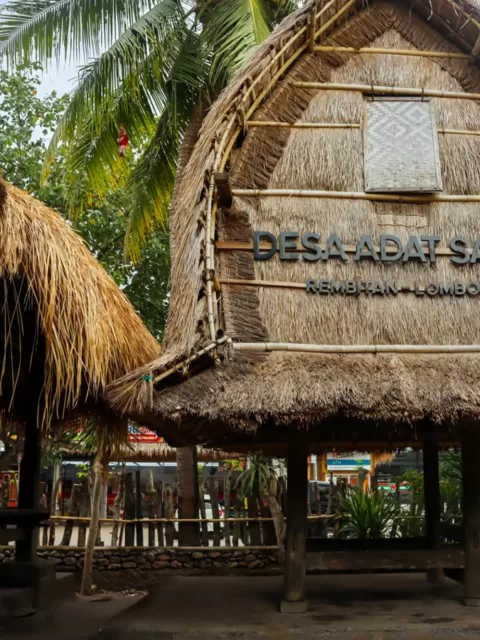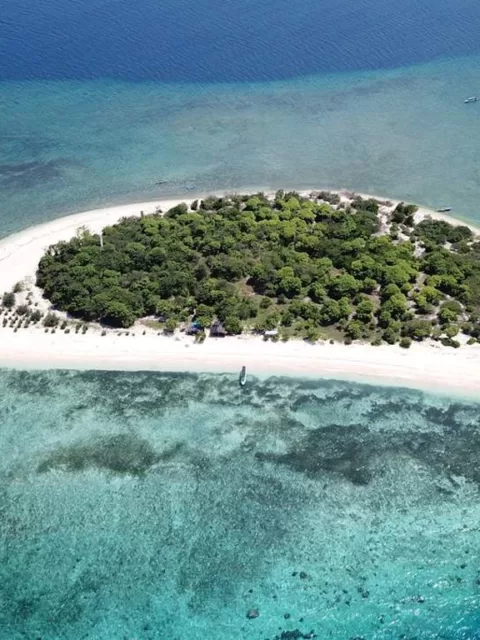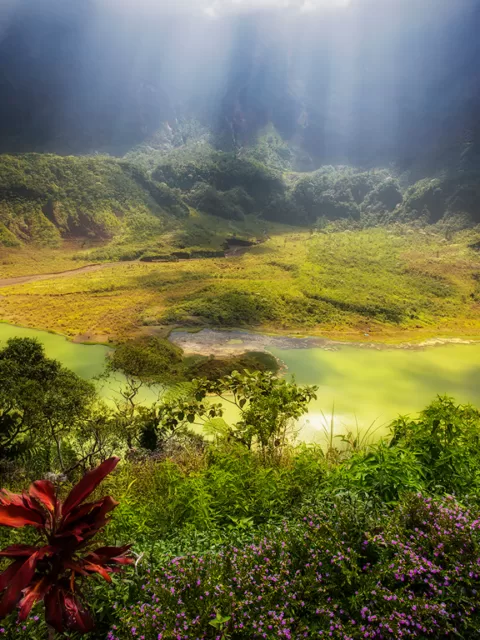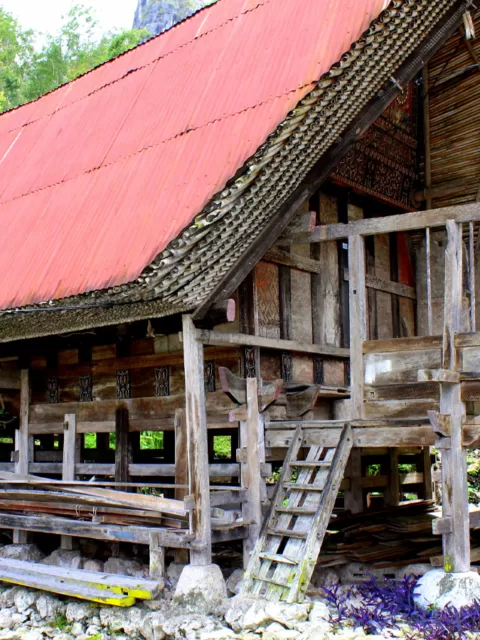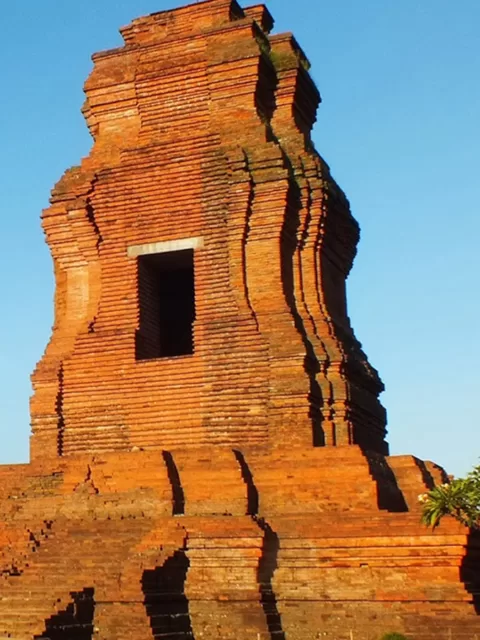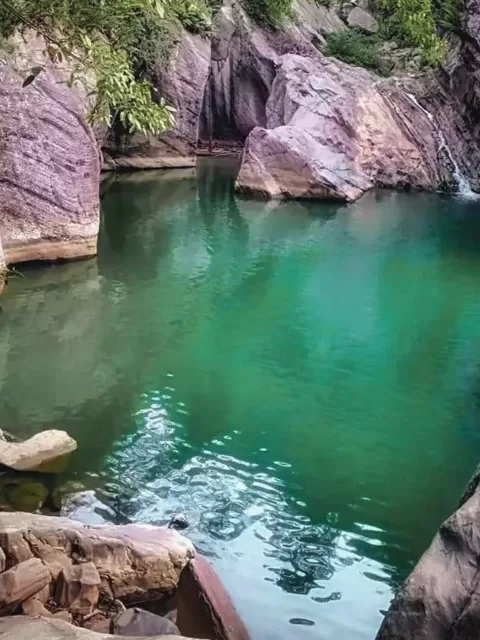Unveiling the Mysteries of Gunung Kawi Temple in Bali
Overview
Nestled amidst the verdant landscapes of Bali’s Gianyar regency, Gunung Kawi Temple stands as an enduring testament to the island’s rich cultural heritage and spiritual legacy. This captivating complex, also known as Pura Gunung Kawi, is a sanctuary of tranquility and a treasure trove of historical and architectural wonders. With its unique rock-cut shrines, intricate carvings, and serene atmosphere, Gunung Kawi Temple beckons visitors to embark on a journey of discovery and spiritual enlightenment.

A Journey Through Time: Unveiling the History of Gunung Kawi Temple
To truly understand the origins of Gunung Kawi Temple, we must trace its roots back through centuries of Balinese history. The temple’s origins are steeped in the cultural and religious fabric of the island. Initially built in the 11th century, during the reign of King Anak Wungsu, a descendant of the legendary Udayana dynasty. Driven by filial piety and a desire to honor his father, King Udayana, and his three wives, King Anak Wungsu embarked on an ambitious project to construct a temple complex unlike any other.
The temple served as a key religious site for Balinese Hindus. Over the years, it has evolved, mirroring the changes in Bali’s spiritual landscape. The temple’s historical significance lies in its enduring connection to ancient Balinese rituals and ceremonies, reflecting the island’s profound cultural heritage.
The temple’s construction, estimated to have begun around 1080 AD, involved meticulously carving ten elaborate shrines into the sheer rock face of the Pakerisan River gorge. These shrines, each dedicated to a revered ancestor, stand as a testament to the craftsmanship and devotion of the temple’s builders.
Architectural Marvels: Unveiling the Design and Construction of Gunung Kawi Temple
Gunung Kawi Temple is a masterpiece of Balinese temple architecture, showcasing a harmonious blend of Hindu and Balinese architectural styles. The temple’s design is characterized by its symmetrical layout, intricate carvings, and the use of natural materials such as stone and wood.
The most striking feature of Gunung Kawi Temple is undoubtedly the ten rock-cut shrines, each adorned with elaborate carvings of Hindu deities and mythical creatures. These shrines, known as candi, represent the pinnacle of Balinese sculpting techniques, showcasing the artisans’ mastery of detail and symbolism.

Gunung Kawi Temple’s architectural splendor sets it apart as a unique gem in Bali. Carved directly into the rugged rock face, the temple features monumental shrines, each reaching an impressive height of 7 meters. The intricately adorned structures showcase the mastery of Balinese stone carving, with detailed reliefs and motifs that tell tales of divine mythology. The temple’s design aligns with the principles of Balinese Hindu cosmology, creating a harmonious blend of artistry and spirituality that captivates every visitor.
Hidden Gems: Unveiling the Sacred Shrines and Rituals of Gunung Kawi Temple
Venturing beyond the temple’s main courtyard, visitors discover a hidden sanctuary, where the ten rock-cut shrines stand majestically against the backdrop of the Pakerisan River gorge. These shrines, shrouded in an aura of mystique, hold deep spiritual significance for Balinese Hindus.
Each shrine is dedicated to a revered ancestor, either a king or queen of the Udayana dynasty. The shrines serve as royal tombs, housing the ashes of these esteemed individuals. Additionally, the shrines are considered sacred sanctuaries, where Balinese Hindus perform rituals and make offerings to seek blessings and guidance.
A Spiritual Sanctuary: Unveiling the Religious Significance of Gunung Kawi Temple
Gunung Kawi Temple is not merely a historical monument; it is a living spiritual sanctuary for Balinese Hindus. The temple’s tranquil atmosphere, the presence of sacred shrines, and the ongoing practice of traditional rituals create a palpable sense of spirituality.
The temple’s connection to the holy Pakerisan River further reinforces its spiritual significance. The river, considered a source of life and purity, flows alongside the temple grounds, adding to the temple’s serenity and spiritual ambiance.
Surrounding Landscape and Nature
Beyond the temple’s carved structures, the landscape surrounding Gunung Kawi is a breathtaking panorama of Bali’s natural beauty. Lush rice terraces cascade down the hillsides, and meandering rivers weave through the verdant valleys. The symbiotic relationship between Gunung Kawi Temple and its natural surroundings reflects the Balinese philosophy of Tri Hita Karana, emphasizing the harmony between humans, nature, and the divine.

A Legacy Preserved: Unveiling the Conservation Efforts at Gunung Kawi Temple
Gunung Kawi Temple stands as a testament to Bali’s rich cultural heritage and the enduring legacy of its ancient kings and queens. Recognizing the temple’s immense historical and spiritual value, local authorities and communities have dedicated themselves to preserving this sacred site for future generations.
Ongoing conservation efforts at this Temple involve regular maintenance of the temple’s structures, restoration of damaged carvings, and the implementation of sustainable tourism practices. These efforts aim to protect the temple’s integrity and ensure its preservation for centuries to come.
Final Thoughts
Gunung Kawi Temple, with its unique rock-cut shrines, intricate carvings, and serene atmosphere, is a must-visit destination for anyone seeking to delve into Bali’s rich cultural heritage and spiritual legacy. The temple’s captivating blend of history, architecture, and spirituality leaves a lasting impression on visitors, inspiring them to appreciate the island’s profound connection to its past and its enduring reverence for the divine.
Embark on your own journey of discovery to Gunung Kawi Temple and uncover its hidden mysteries. Immerse yourself in the temple’s tranquil atmosphere, marvel at the intricate carvings, and witness the traditional Balinese rituals that add to the temple’s spiritual essence. Share your experiences and insights with others, inspiring them to embark on their own pilgrimage to this sacred site. Remember, Gunung Kawi Temple is not merely a place to visit; it is a sanctuary to experience, a legacy to cherish, and a journey of spiritual enlightenment to undertake.
Gunung Kawi Temple: Unveiling the Mysteries in Bali
The journey to Gunung Kawi Temple is a captivating exploration of Bali's rich cultural tapestry. The ancient site, nestled amidst lush landscapes, offers a profound connection to the island's spirituality and history. The architectural marvels, intricate carvings, and sacred rituals create a mesmerizing ambiance. Witnessing the vibrant ceremonies and immersing in the ritual cleansing at the sacred ponds provide a deep insight into the living traditions of Balinese Hinduism. The preservation efforts and guided tours enhance the overall experience, making Gunung Kawi Temple a must-visit destination for those seeking an authentic cultural encounter.
Pros
Cons
- Requires moderate physical exertion to ascend the steep pathway
- Limited accessibility for those with physical limitations
- Entrance fees apply for visitors




